Introduce the Cycle to Work Scheme for E-bikes in EU
The "cycle to work" scheme is a popular initiative in many EU countries that encourages employees to use bicycles as a means of transportation to and from work. This program provides many benefits, including reducing traffic congestion, improving air quality, and promoting a healthy lifestyle. If you are interested in joining this scheme in the EU, here's how to get started:
How to Enter Cycle to Work in the EU
Cycle to Work schemes are becoming more and more popular in the European Union, with several countries offering incentives to encourage employees to cycle to work instead of driving. In this article, we'll take a look at the benefits of the Cycle to Work scheme, as well as the basic requirements, electric bicycle requirements, and application process for each country in the EU that offers this program.
Benefits of Cycle to Work Scheme
The Cycle to Work scheme offers several benefits, both to the employee and the environment. By cycling to work, employees can save money on transportation costs, get exercise, and reduce their carbon footprint. The employer can also benefit by promoting a healthy lifestyle and reducing the number of cars on the road, which can lead to reduced congestion and air pollution.
Basic Requirements
To be eligible for the Cycle to Work scheme, employees must be working for a company that is registered and based in the country where the program is offered. They must also use the bicycle for commuting purposes for at least 50% of the total number of days they use the bicycle. Additionally, employees must have a work contract and be enrolled in the social security system.
Electric Bicycle Requirements
In some countries, electric bicycles are eligible for the Cycle to Work scheme, but there may be specific requirements. For example, in Belgium, the electric bike must have a maximum power output of 250 watts and a maximum speed of 25 km/h. In the Netherlands, the electric bike must have a maximum speed of 45 km/h.
Application Process
The application process for the Cycle to Work scheme varies by country, but typically involves filling out an online application and providing proof of employment and income. Once approved, the employee will receive a voucher or credit to purchase a bicycle or e-bike from a participating retailer.
Countries Summary
Here is a summary of the Cycle to Work scheme in each country in the EU that offers this program:Belgium: Employees can receive up to 100% reimbursement of the cost of a bicycle or e-bike, up to a maximum of €4,000. The e-bike must have a maximum power output of 250 watts and a maximum speed of 25 km/h.
Denmark: Employees can receive up to 50% reimbursement of the cost of a bicycle or e-bike, up to a maximum of DKK 6,750. The e-bike must have a maximum speed of 25 km/h.
Germany: Employees can receive up to 500 euros reimbursement of the cost of a bicycle or e-bike. The e-bike must have a maximum speed of 25 km/h.
Ireland: Employees can receive up to 1,000 euros reimbursement of the cost of a bicycle or e-bike. There are no specific requirements for the e-bike.
Netherlands: Employees can receive up to 4,000 euros reimbursement of the cost of a bicycle or e-bike. The e-bike must have a maximum speed of 45 km/h.
United Kingdom: Employees can receive up to 1,000 pounds reimbursement of the cost of a bicycle or e-bike. There are no specific requirements for the e-bike.
In conclusion, the Cycle to Work scheme is a great way for employees to save money, get exercise, and reduce their carbon footprint. With several countries in the EU offering this program, there has never been a better time to start cycling to work. By following the basic requirements, electric bicycle requirements, and application process for each country, employees can take advantage of this program and enjoy the benefits it has to offer.




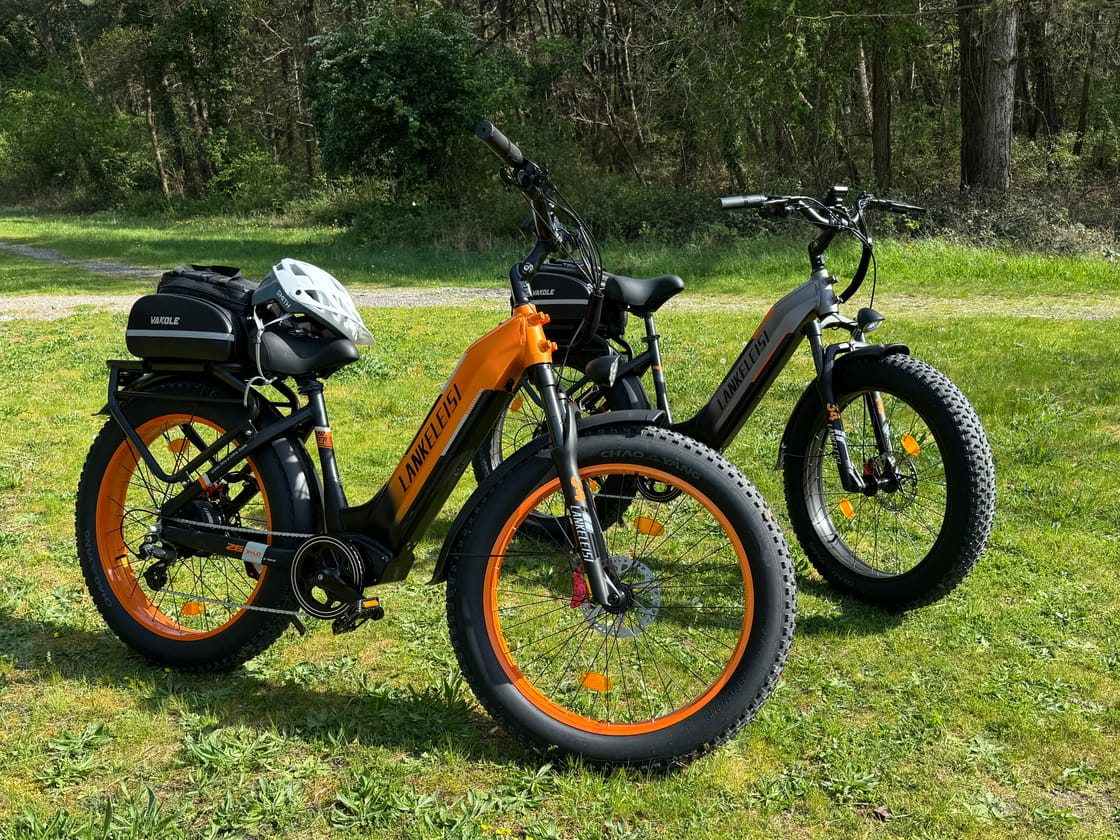
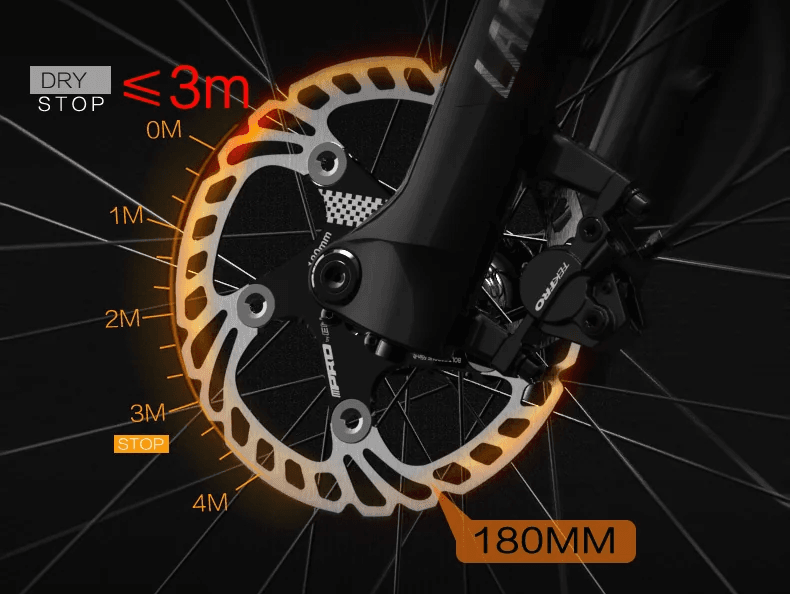


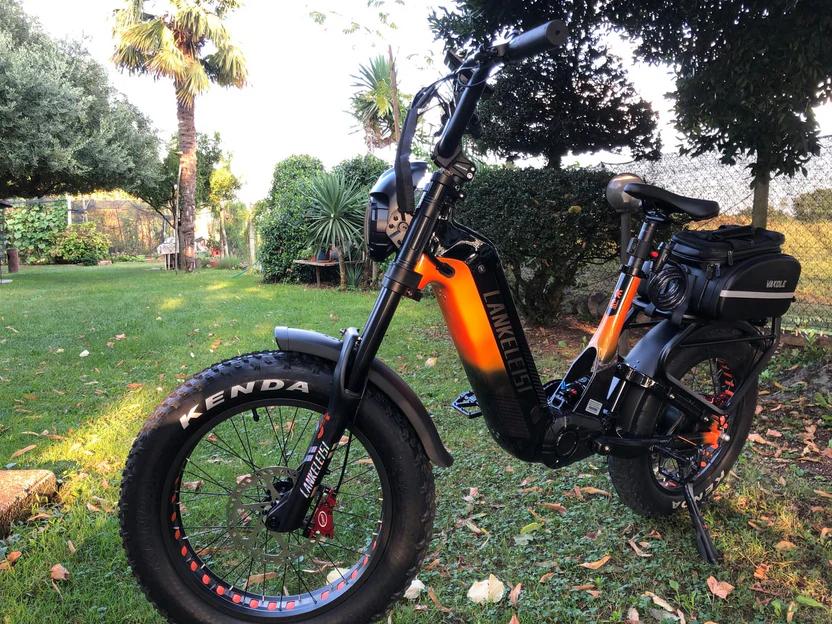

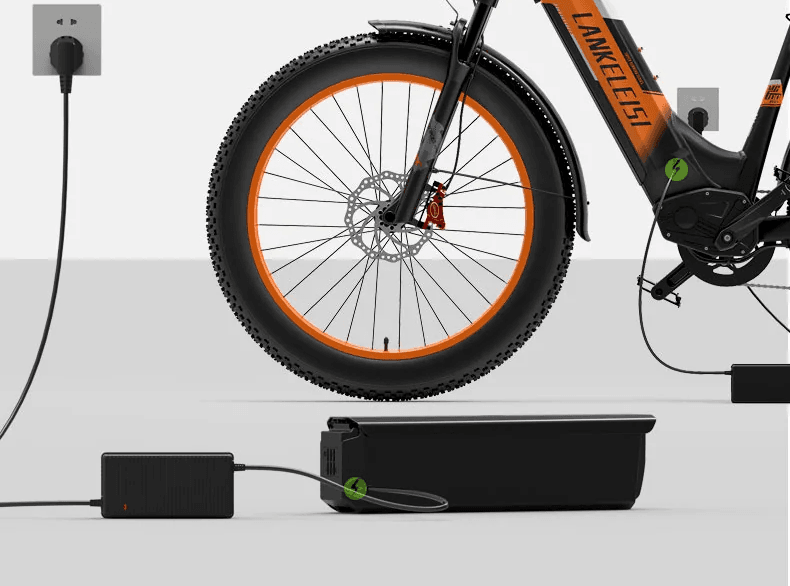

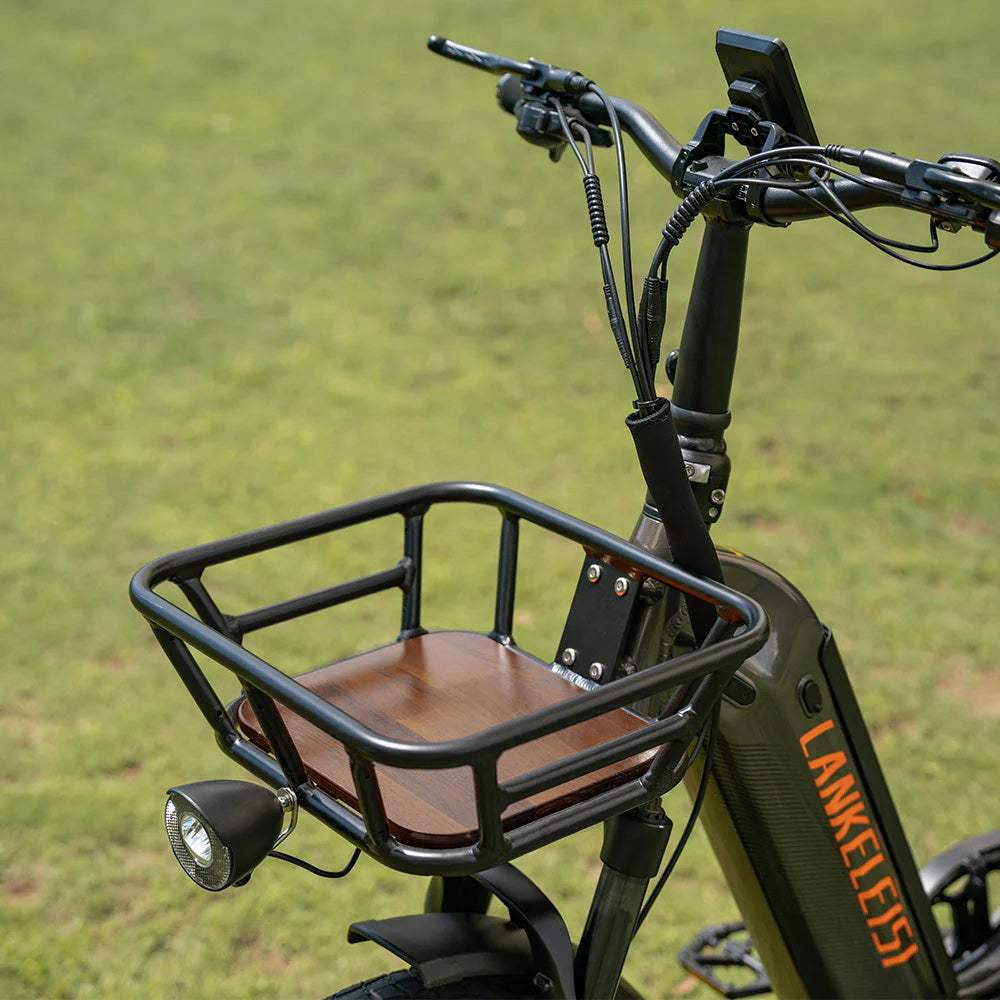


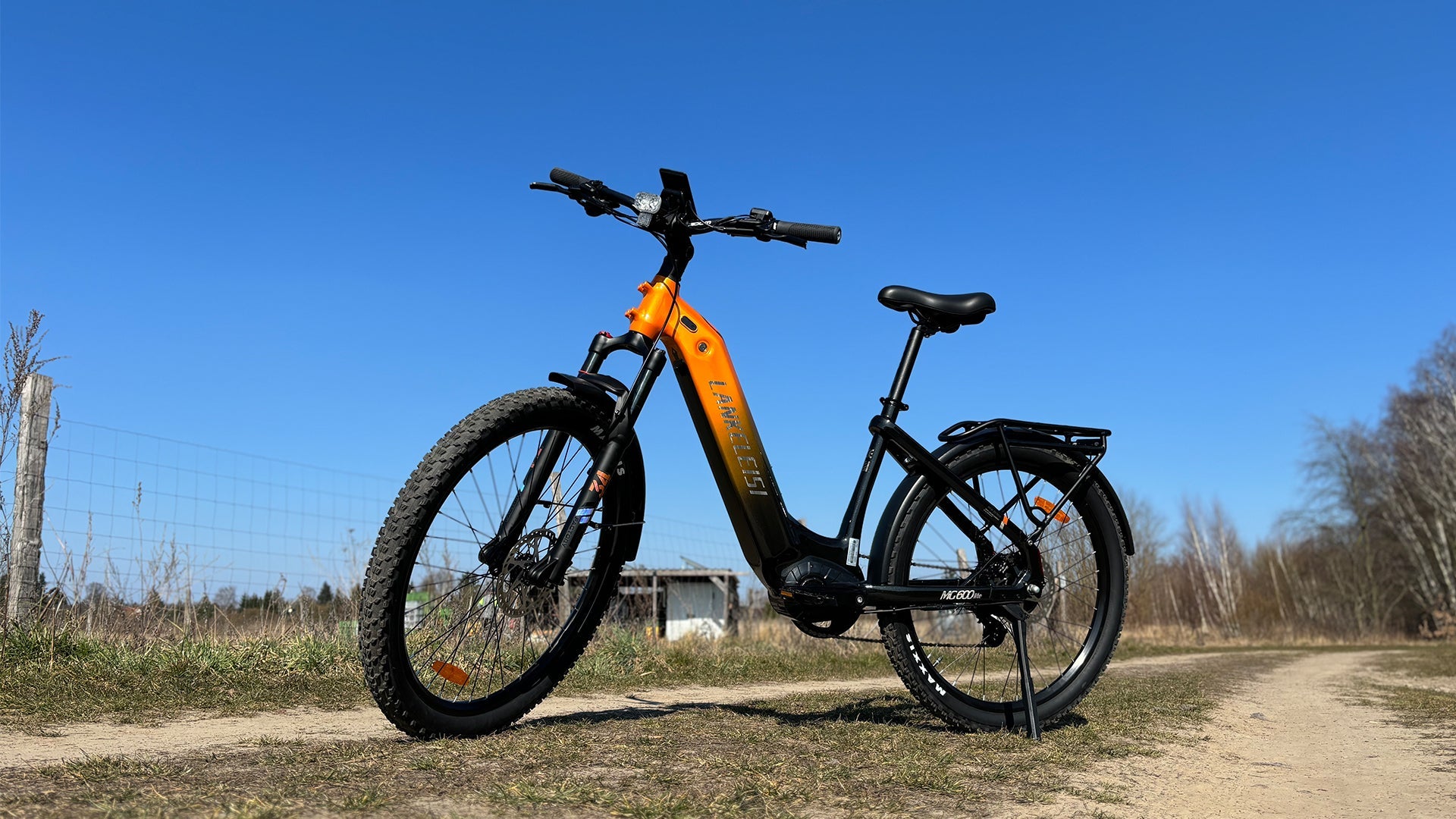











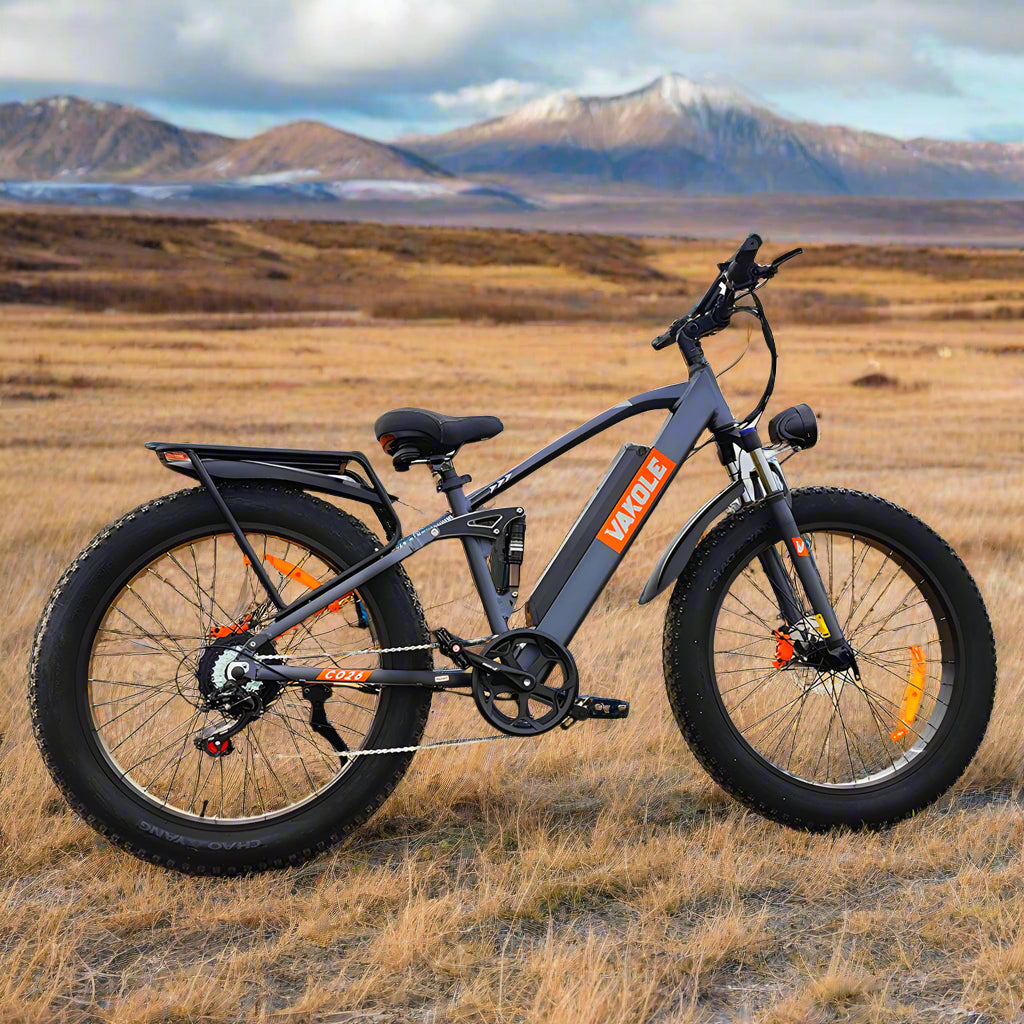



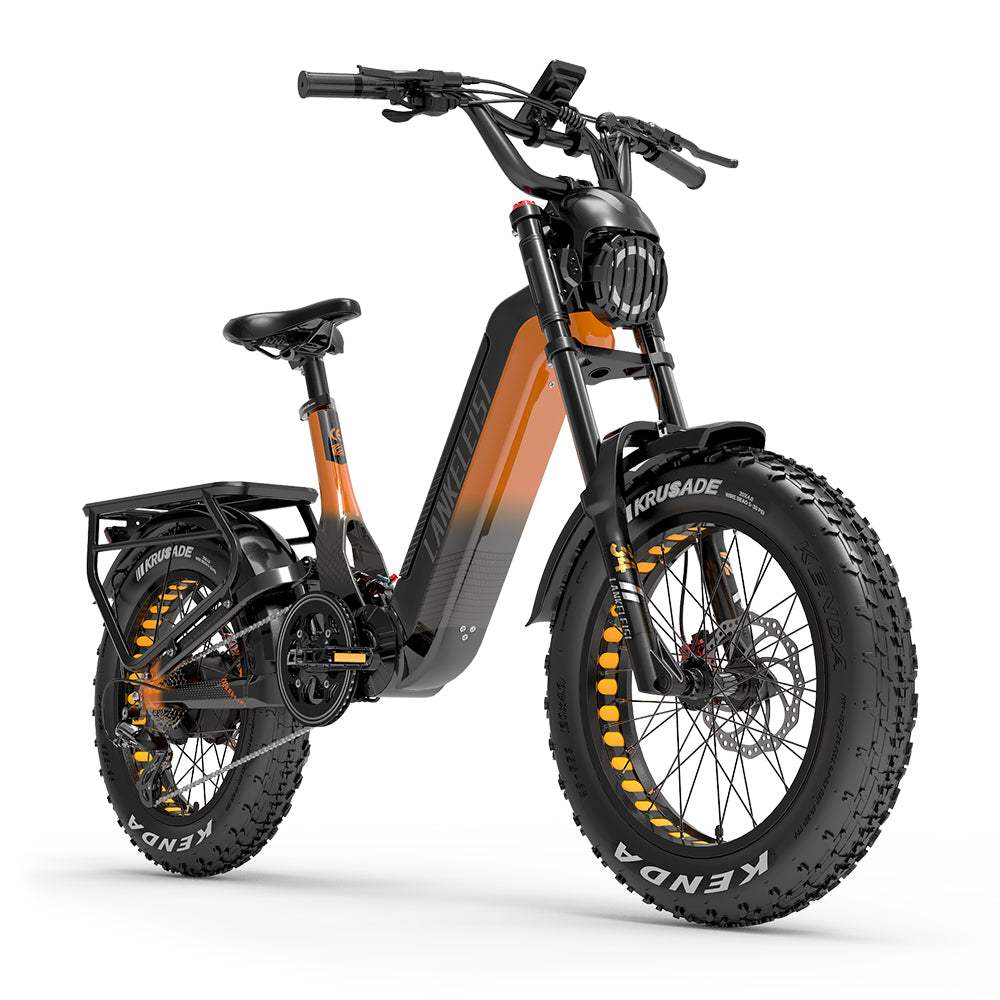

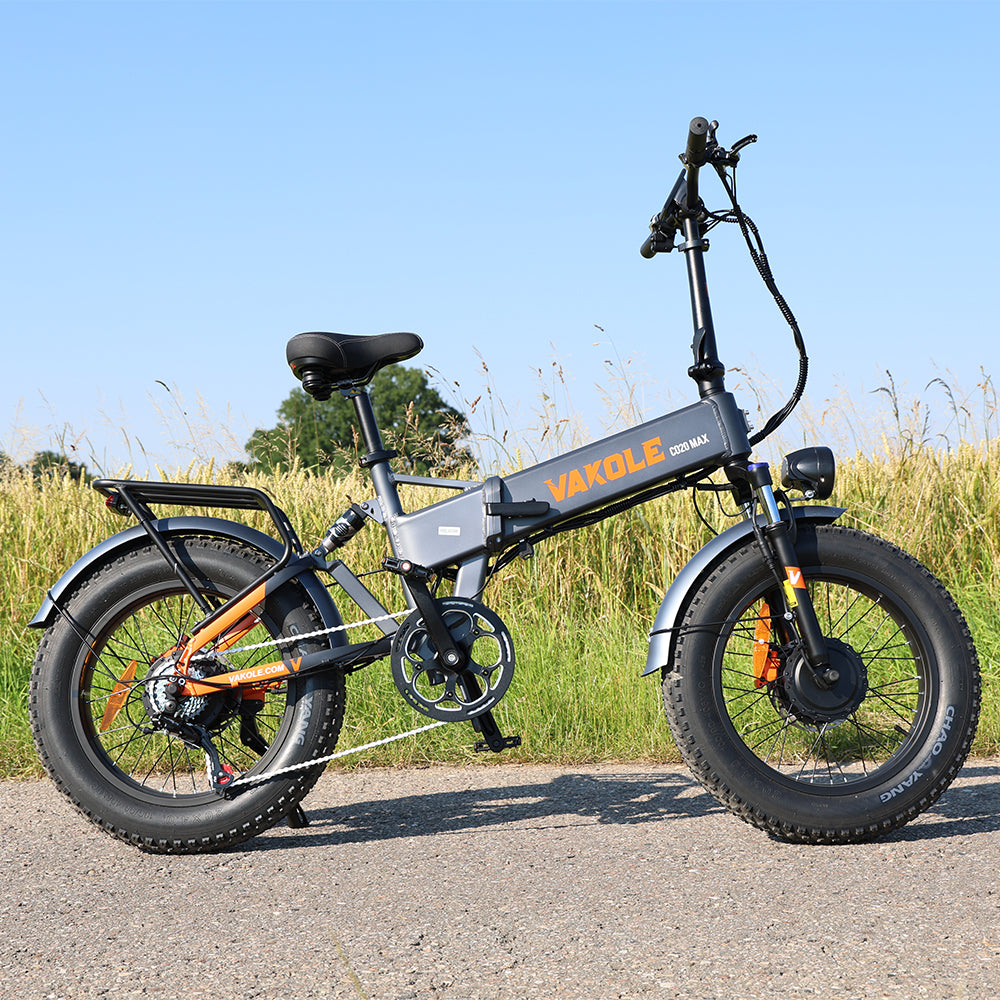
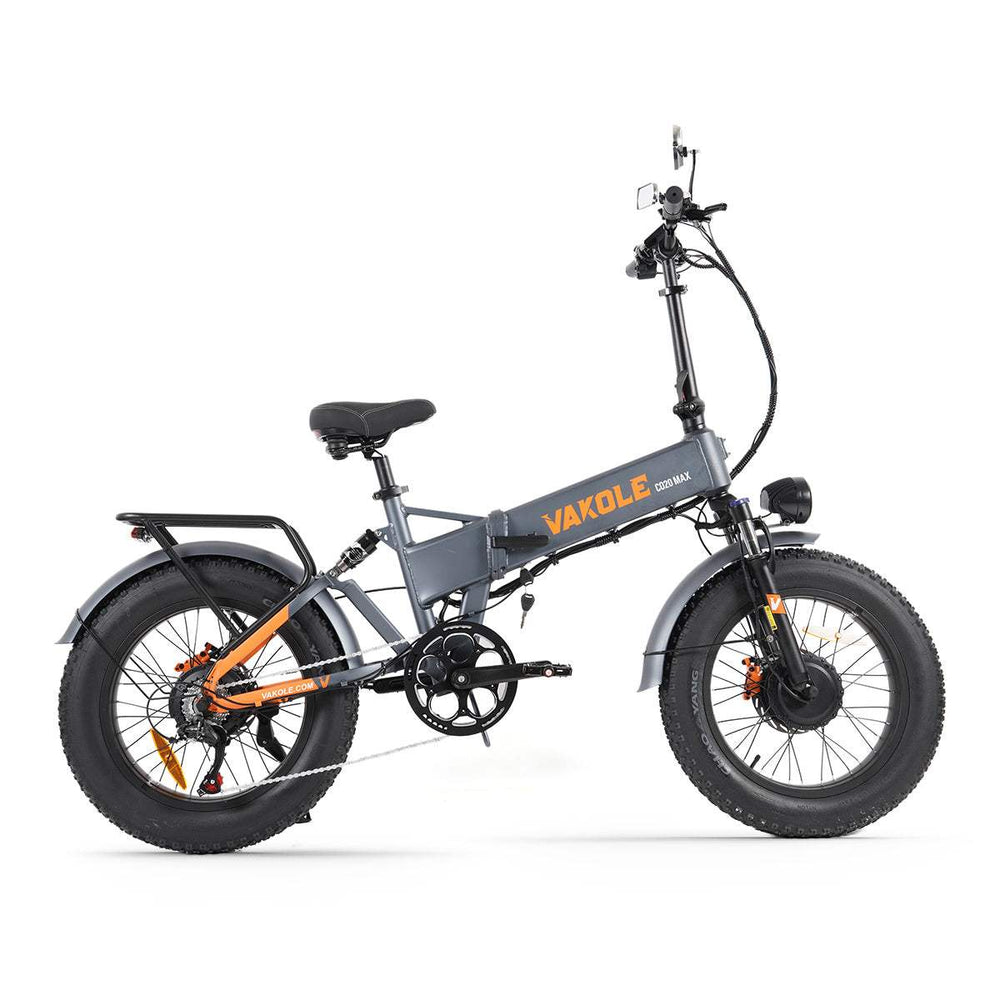





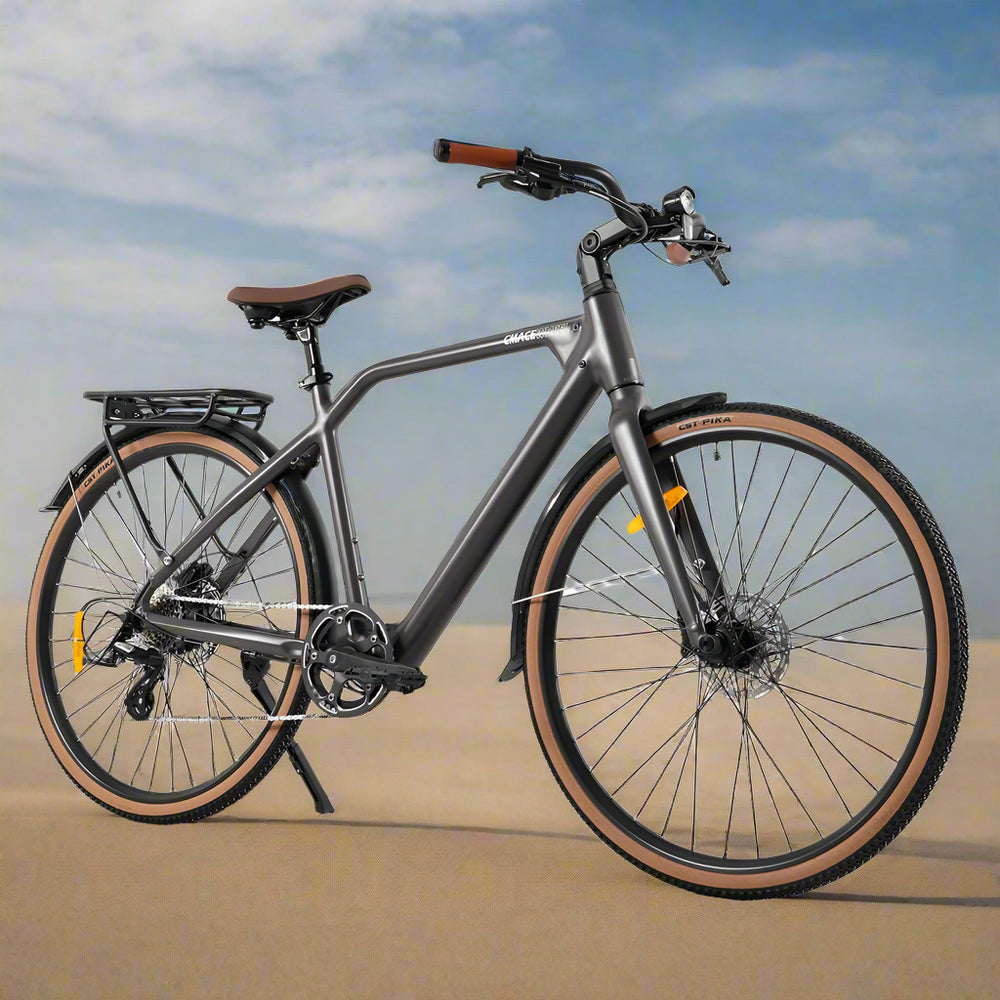




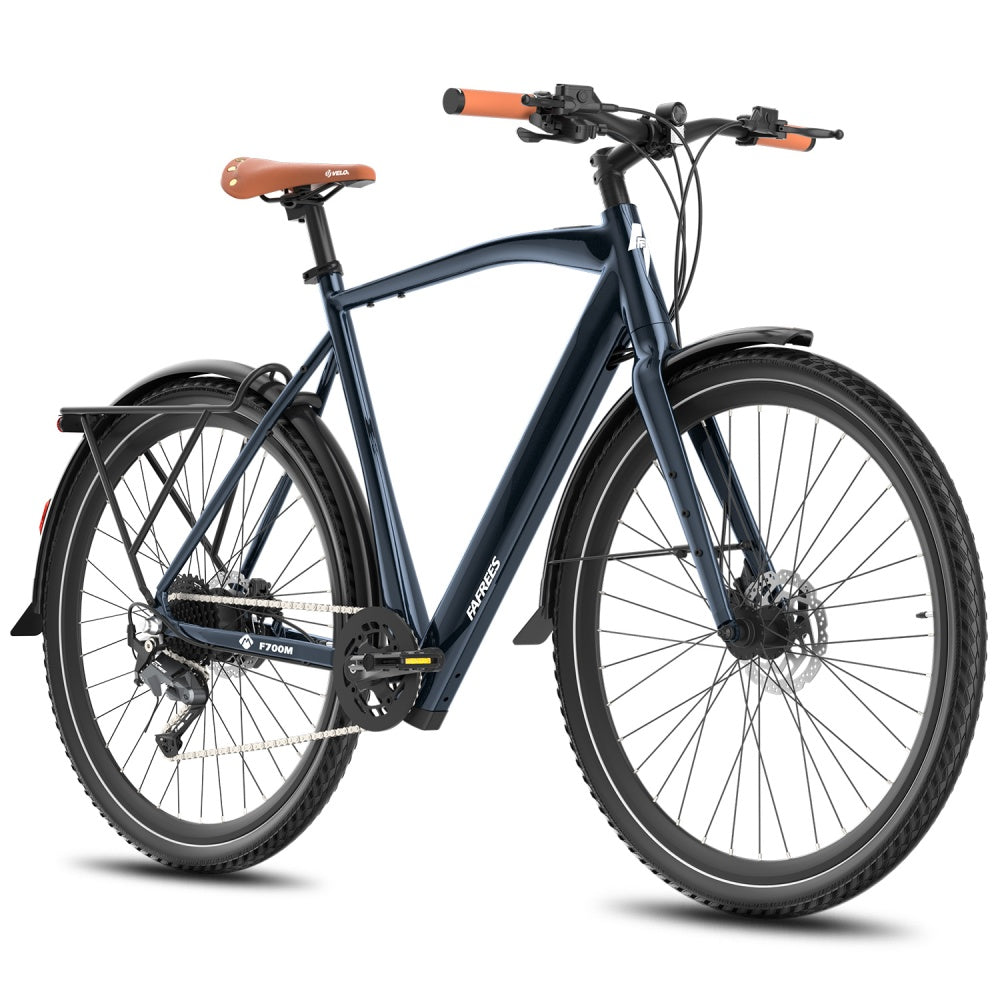
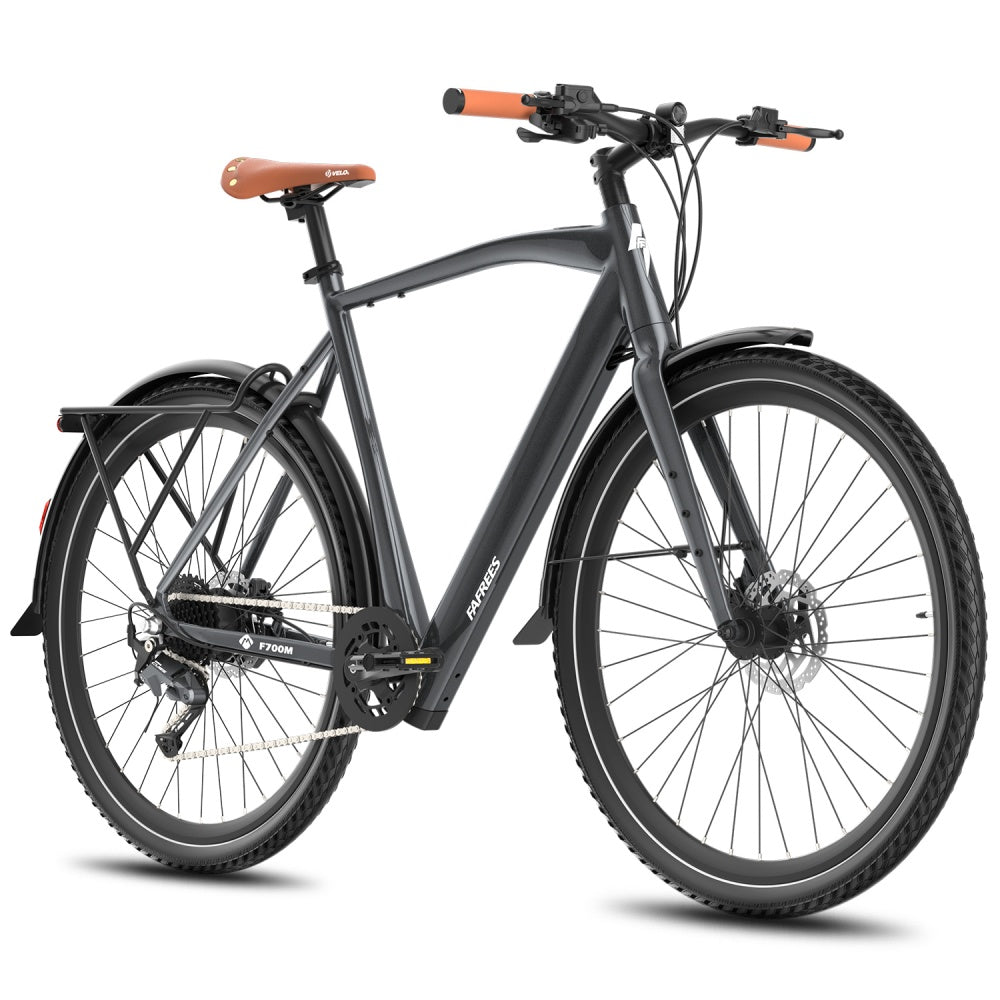




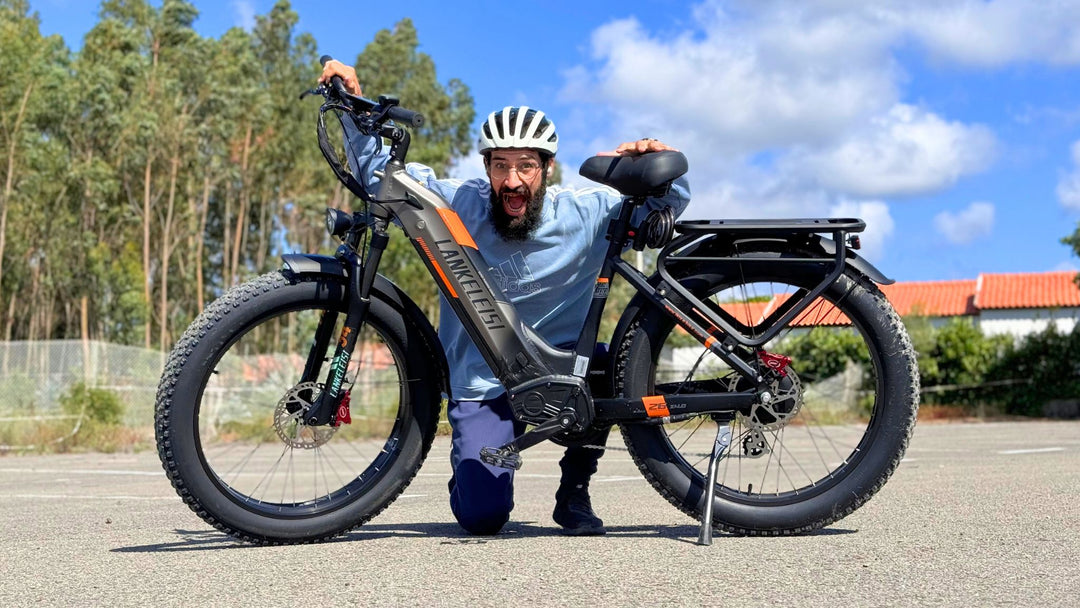
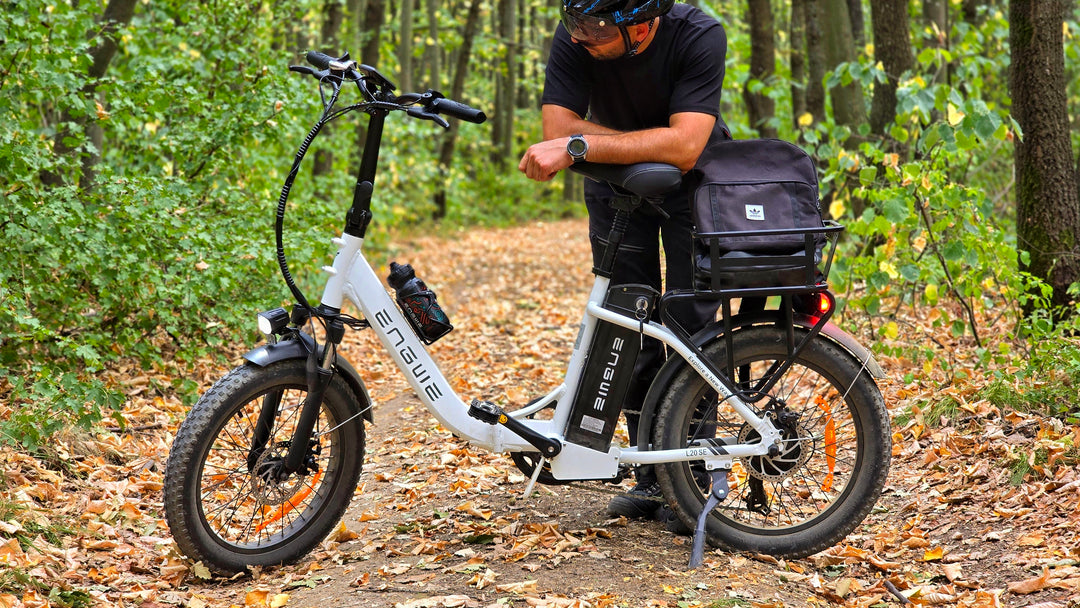
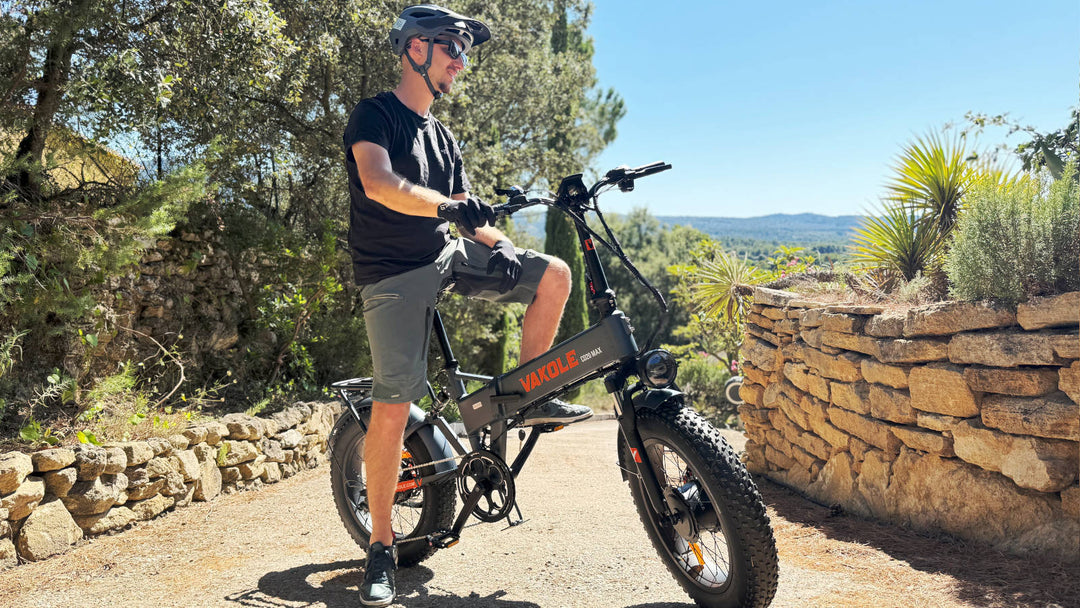
Leave a comment